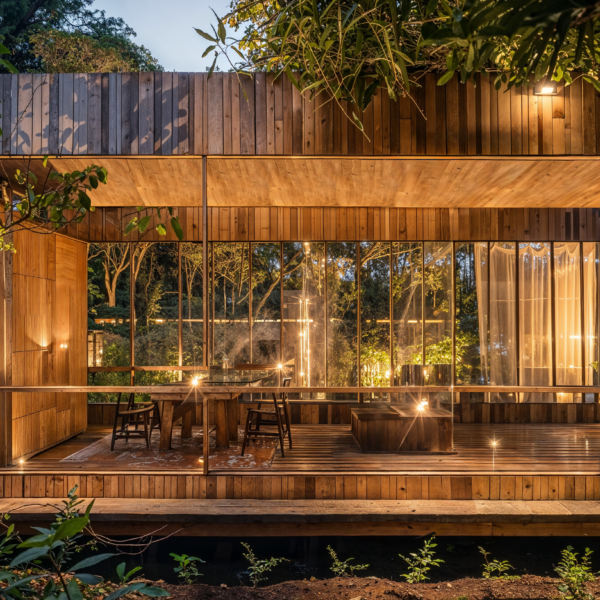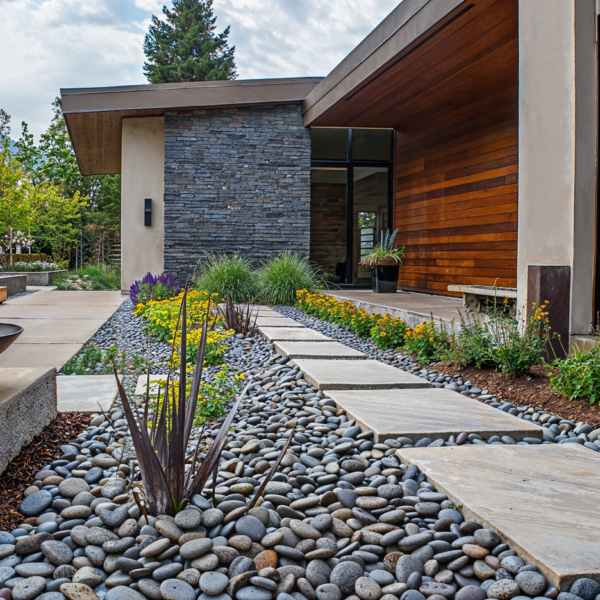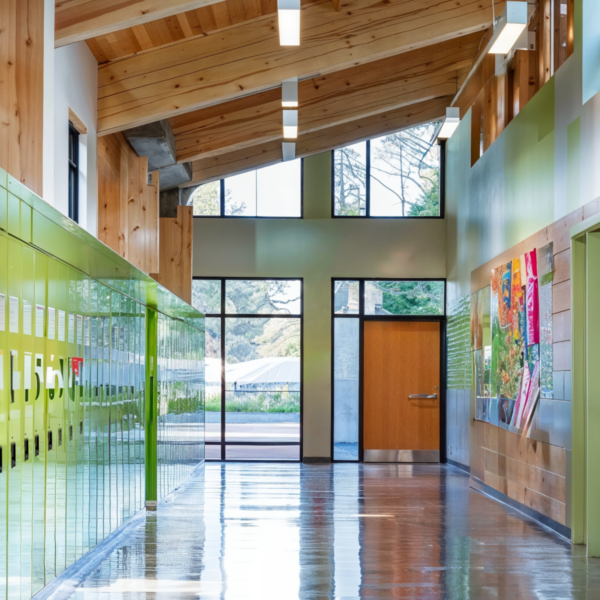
Steps to take to empower eco-friendly architecture.
Sustainability is an increasingly central concern in the construction and design industry, driven by growing awareness of environmental impact and the need for responsible resource management. Below are some actionable pillars that empower sustainable design in the community to make meaningful change:
- Carbon Emissions: The construction industry is responsible for a significant portion of global carbon emissions, accounting for approximately 39% of total carbon dioxide emissions worldwide (World Green Building Council). Adopting sustainable construction practices, such as using eco-friendly materials and implementing energy-efficient designs, can help reduce the overall environmental footprint.
- Resource Depletion: Traditional construction methods often rely on finite resources such as concrete and steel, leading to depletion and environmental degradation. Sustainable design approaches prioritize the use of renewable materials, recycled content, and efficient building techniques to minimize the industry’s reliance on finite resources.
- Energy Consumption: Buildings are major consumers of energy, accounting for around 30% of total energy consumption and 26% of energy-related emissions globally (International Energy Agency). Incorporating energy-efficient technologies, such as solar panels, efficient insulation, and smart HVAC systems, reduces energy consumption and lowers operational costs over the building’s lifespan.
- Waste Generation: Construction and demolition debris accounts for approximately 30% of total solid waste generated worldwide (National Institute of Health). Sustainable construction practices aim to minimize waste generation through strategies such as recycling, repurposing materials, and implementing waste management plans.
- Indoor Air Quality: Poor indoor air quality can have detrimental effects on occupant health and well-being leading to respiratory challenges, allergies, and other health issues. Sustainable building design prioritizes indoor air quality by using low-VOC (volatile organic compound) materials, adequate ventilation systems, and natural ventilation strategies to create healthier indoor environments.
- Water Consumption: Buildings account for a significant portion of water consumption globally with activities such as landscaping, plumbing, and HVAC systems contributing to overall water usage. Sustainable design strategies, such as water-efficient fixtures, rainwater harvesting systems, and drought-resistant landscaping, help to reduce water consumption and promote responsible water management practices.
- Lifecycle Assessment: Sustainable design practices consider the entire lifecycle of a building, from material sourcing and construction to operation and eventual demolition. Lifecycle assessments help identify opportunities to reduce environmental impacts and improve the overall sustainability performance of buildings.
Sustainability is a critical consideration in the construction and design industry, with implications for environmental stewardship, resource conservation, and occupant well-being. By prioritizing sustainable practices and embracing innovative materials and solutions, the industry can contribute to a more resilient and sustainably built future.
Read more about eco-friendly brands that are embracing sustainability and learn more about Material Bank‘s Carbon Impact Program here.








